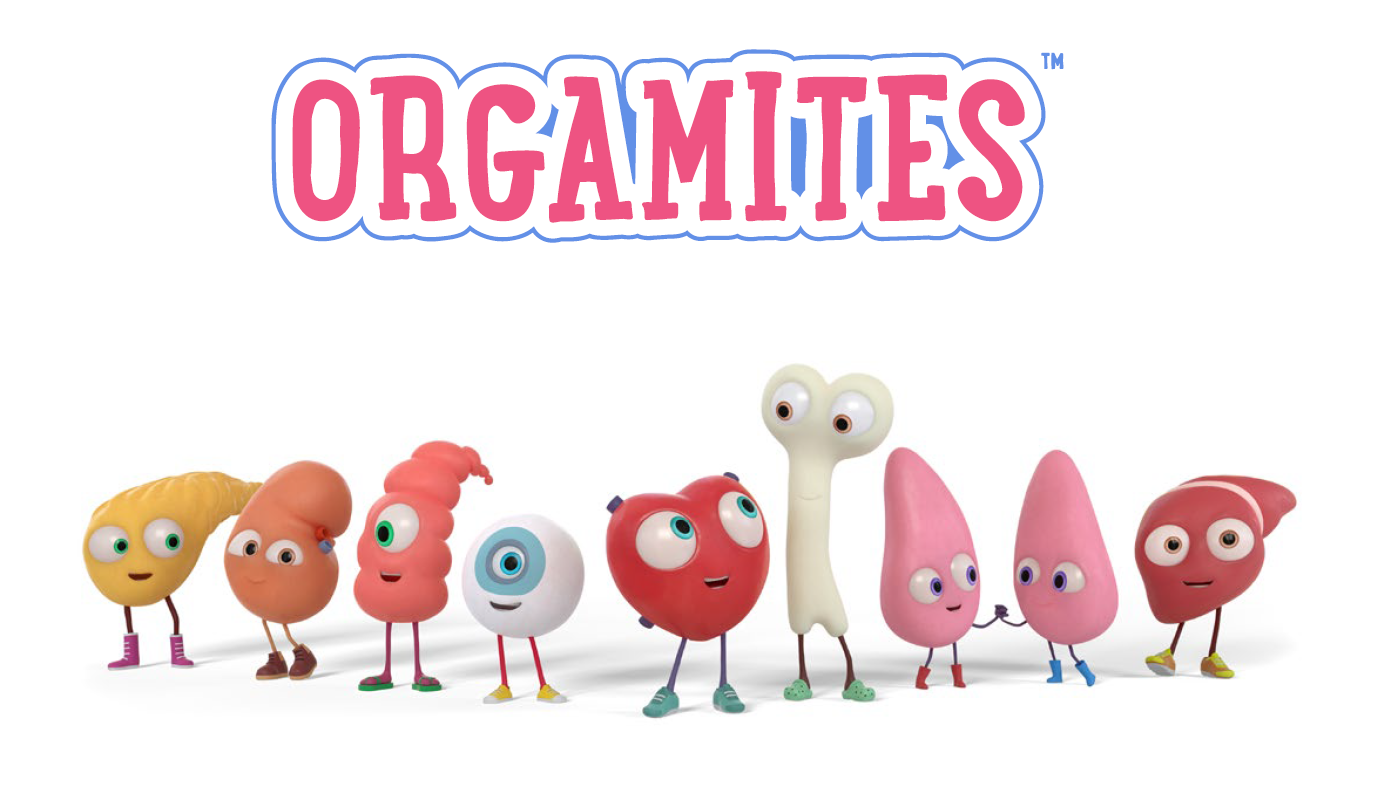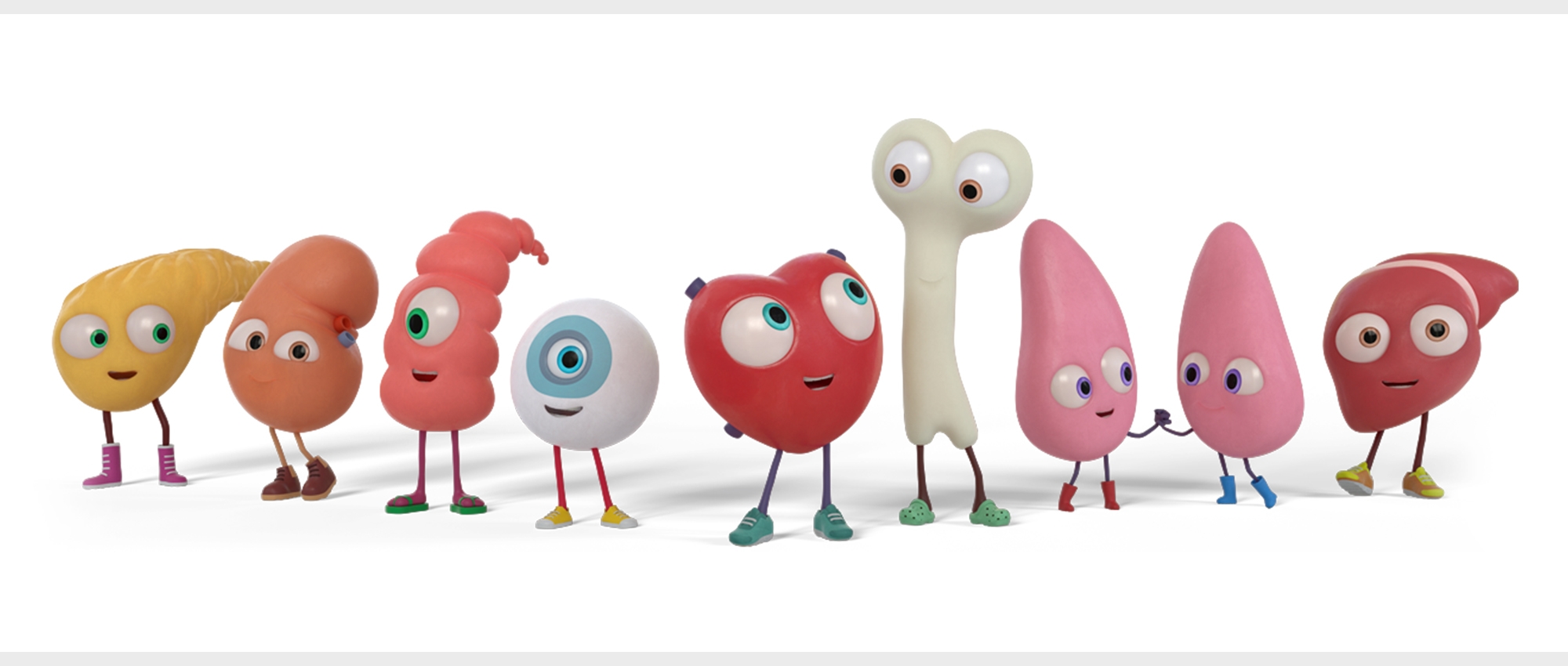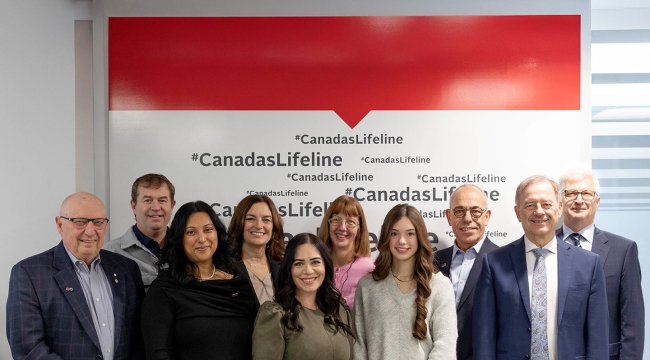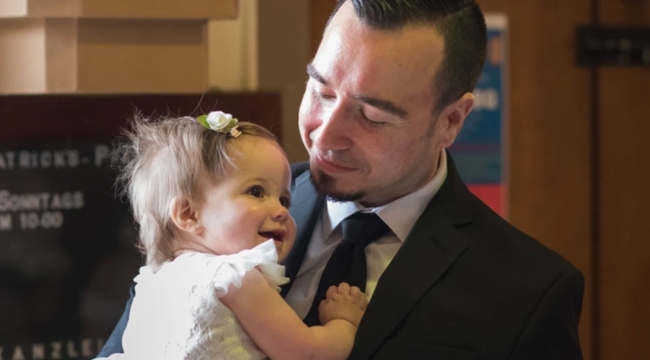Creative new resources boost organ donation and transplant knowledge
New international storytelling platform and the animated program The Orgamites are both coming to Canada
The characters of The Orgamites help children understand organ donation and transplant.
The topic of organ and tissue donation and transplantation can sometimes be emotional and complex, even taboo. Canadian Blood Services is partnering with experts from around the world to develop tools that will provide guidance to Canadians, making it an easier, more accessible and less intimidating subject.
During National Organ and Tissue Donation Awareness Week (April 18-24), Canadian Blood Services is celebrating and recognizing the vital work of provincial organ donation organizations and transplant programs in ensuring that Canadian patients have access to organ donation and transplantation services. Working alongside its partners, Canadian Blood Services continually monitors and helps to improve and evolve the national organ donation and transplantation system.
“Our goal is to shift Canadian attitudes so that donation becomes the norm, not the exception,” says Jenny Ryan, manager, Program Operations, Organ and Tissue Donation and Transplantation at Canadian Blood Services. “Great work is being done around the world in the area of public education about donation. We’re fortunate to have partnered with organizations that share our vision and that have developed creative and accessible ways to get people of all ages talking and learning about organ and tissue donation.”
Living Donation Storytelling Project
One of the projects recently launched is the Living Donation Storytelling Project, a platform that allows living organ donors and recipients to share their stories. Dr. Amy Waterman, nephrology professor at the University of California, Los Angeles, and her team at the Transplant Research and Education Center created the U.S. version and worked with Canadian Blood Services to develop the Canadian version. It’s a one-of-a-kind digital library of video stories, recorded by real people, sharing their living donor kidney transplant experiences.
“When developing this tool, we were trying to understand any barriers that might prevent access to transplant,” says Dr. Waterman. “The Living Donation Storytelling Project is one of those tools that we hope will increase the number of living donors.”

Dr. Amy Waterman, nephrology professor at the University of California, Los Angeles, and her team at the Transplant Research and Education Center are working with Canadian Blood Services to develop the Canadian version of the Living Donation Storytelling Project and My Transplant Coach Canada.
They realized that certain groups of people were not becoming engaged in living donation, no matter how much access they had to health-care providers and traditional education materials.
How can I become a living organ donor?
“Stories are one of the easiest and most digestible types of information. Even people who can’t read can listen to a story, or they can watch it; it’s very much how we are learning these days,” says Dr. Waterman. “Often you need a guide who looks like you, talks like you or faces the same type of challenges you are facing. Sometimes meeting a medical professional is intimidating, but when you hear stories from real people, it may resonate more, and you may think of living organ donation as something you would want to consider.”
The goal is to make sharing stories easy for everyone. The growing library of stories has been collected from patients, donors, family members and allies, speaking from their homes, using their phones or computers.
“Viewers can now get the full story directly from donors and recipients, to help them make the best decision for themselves, and it’s publicly available,” says Dr. Waterman. “Most people know they can give blood. But do they know that if they’re healthy enough, they can give one kidney? I see it as the beginning of learning, the first step.”
Browse the library and share your story of organ donation or transplantation
Another pioneering project by Dr. Waterman and her team that’s now getting the Canadian treatment is My Transplant Coach, an online, video-based decision aid that uses animated videos and personalized graphs to let you know what transplant treatment options are available, so you can make informed decisions that are right for you. The award-winning online coach aims to provide basic fundamentals, so a patient has some good knowledge about donation and transplantation before stepping foot in a medical office.
My Transplant Coach is a video-based decision aid that uses animated videos to inform patients about kidney donation and transplantation.
Canadian Blood Services is working with Dr. Waterman to launch My Transplant Coach Canada this fall. Both resources — the storytelling project and the online coach — will be based on the Canadian health-care context and will be available in English and French. The Living Donation Storytelling Project and My Transplant Coach Canada will become part of a comprehensive resource centre, planned for launch later this year, for patients with kidney disease and potential kidney donors.
The Orgamites — it’s what’s inside that counts
In Canadian Blood Services’ journey to increase education and awareness, one audience that can’t be ignored is children. The topic of organ donation usually leads to conversations about death, but many adults aren’t comfortable having such conversations with youngsters. One program that tries to make it easier for parents, guardians, caregivers and teachers to talk about death with children is the Orgamites, a global brand that uses animation to empower grown-ups to talk to their kids — and kids to talk to their grown-ups — about organ donation and healthy living.

The Orgamites are a colourful team of animated organs that represent the most frequently donated parts of the body, designed to reach children 6 to 11 years old.
“We believe that educating young people about organ donation is a key part of improving the organ and tissue donation and transplantation system in Canada,” says Ryan. “Though many people think this subject matter is too difficult for children to comprehend, we believe there are many ways to approach tough topics so that kids will ‘get it’ and ultimately benefit from that knowledge.”
The Orgamites are a colourful team of animated organs that represent the most frequently donated parts of the body, designed to reach children 6 to 11 years old. The Canadian version of the program will align with Canadian Blood Services’ plan to develop a national organ and tissue education portal offering resources suitable for different age groups.
Watch the Orgamites trailer
The Orgamites were first created in the United Kingdom and are endorsed by donation and transplantation organizations around the world. Roydon Turner, creator of the Orgamites, shares Canadian Blood Services’ philosophy about being honest and open with kids about organ donation and transplantation.
“My belief is that by educating our youth today, we’re more likely to see real social change tomorrow. Being an organ donor is one thing we can all do, giving us purpose even in the darkest hour, and allowing love to always live on,” says Turner. “By enabling families to have the all-important organ donation conversation, we aim to empower people to voice their decision — drastically increasing the number of organs donated and subsequent lives saved.”
“With these tools, we hope to inspire a new generation of donors to talk openly about donation, to make their wishes known,” says Ryan. “When families have access to accurate information, they are equipped to decide whether donation is right for them and their loved ones, if ever the time comes.”
One organ donor can save up to eight lives, and tissue donation can improve the lives of up to 75 others. More than 4,400 Canadians are waiting for a lifesaving transplant.



